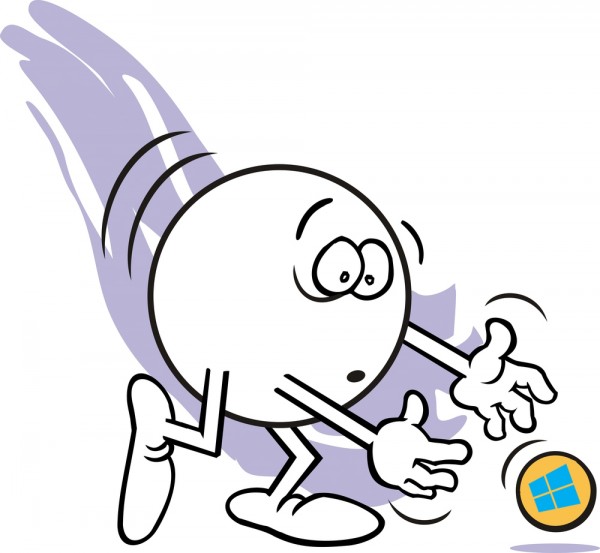 If I worked for Microsoft, and my sole job was to come up with products that divided opinion and alienated many previously loyal users, I reckon I would be due a promotion about now.
If I worked for Microsoft, and my sole job was to come up with products that divided opinion and alienated many previously loyal users, I reckon I would be due a promotion about now.
While some divisions within Microsoft are doing a great job (Bing and Outlook.com spring to mind), you have to wonder what the bloody hell is going on when the tech giant is able to so badly foul up not only Windows but Xbox too.
Windows 8 was a brave step. Taking the OS in a new direction, making it suitable for tablets and fully embracing touch was a smart move, but one that was followed by lots of dumb decisions. Microsoft appears to have taken every single factor into account except one -- its existing customer base. It seems as if at no point did anyone involved in the operating system’s development or testing say, "Do you think customers will like that we’ve removed the Start button and menu, made things harder to use with a mouse, and forced users to discover where menus live before they can access them?" or "But what if they don’t want apps? If they want to just go to the desktop, run existing programs and, you know, multitask?"
With Windows 8.1 Microsoft says it’s listened to its customers. Why didn’t it do that before it released Windows 8?
Tami Reller, Windows division CFO, admitted in an interview with the New York Times that the Windows 8 learning curve is real. Of course it is. Microsoft rolled out numerous preview versions of the OS before releasing the full thing, so I'm sure that issue was mentioned, but at no point did anyone appear to make changes where changes blatantly needed to be made. "Here's a preview version, use it and feel free to provide feedback, but don't be too surprised when we don't listen to anything you say".
When the finished version of Windows 8.1 arrives we will likely get the OS Windows 8 should have been. But don't fool yourself into thinking Microsoft is going to take more of an interest in your keyboard and mouse PC. It isn't. I watched this video yesterday. It shows how "Windows brings it all to life on your Windows tablet, PC and phone". Notice the order of the devices -- Windows tablets first. When the video shows the PC, it's a computer without a mouse. Maybe Microsoft removed the pointing device for aesthetics, figuring it didn't look good in the video, or maybe it’s a subliminal message…
Xbone Headed
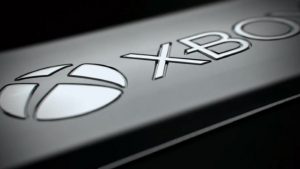 You’d think following up a much loved games console like the Xbox would be hard to screw up, yet Microsoft seems to be doing a damn fine job of that too, alienating hardcore gamers -- the people who would usually rush to buy an Xbox -- by (initially at least) portraying it as an entertainment center rather than a games console.
You’d think following up a much loved games console like the Xbox would be hard to screw up, yet Microsoft seems to be doing a damn fine job of that too, alienating hardcore gamers -- the people who would usually rush to buy an Xbox -- by (initially at least) portraying it as an entertainment center rather than a games console.
On top of that, the Xbox One isn’t backwardly compatible with Xbox 360 games, and treats everyone like a pirate, with restrictive copyright protection measures that require the device to connect to the internet at least once a day (or every hour if you're logged into someone else's games library) and by restricting the trading and selling back of games. It even comes with a camera that stares unblinkingly at you the whole time and can’t be disconnected. Because in the wake of PRISM who wouldn't want that? (I know Microsoft has addressed privacy concerns here, but still…)
With the Xbox One I wanted a games console that could also handle the entertainment side of things. What Microsoft is offering is an entertainment box which can also do games, provided you agree to some crazy terms and don't want to try and use it anywhere without an internet connection. At E3, Microsoft has pushed gaming heavily and won back some fans, but its design choices and attitude will have had plenty of people looking at the PS4 more favorably than they otherwise might have.
Lock Down
Eight months ago, before Windows 8 launched, I said that Microsoft wants to be Apple. I meant that it wanted a slice of the apps pie, a drink from the revenue stream that Apple has been slurping from so successfully for so long. But I think MS wants to be more like Apple in other ways too.
Apple keeps a firm grip on lots of aspects of its products. It makes devices which are less easy to upgrade or customize, it vets all the apps before they appear on the App Store (not always successfully) and it basically tells users how to use its products.
That’s essentially what Microsoft tried to do with Windows 8. It wants users to just accept the new tiled interface, buy touch devices, forget about the Start menu and not skip the Modern UI. But Microsoft customers are not like Apple ones. We're used to freedom, to doing things the way we want to -- so to be suddenly faced with an OS that works not how we want it to, but how Microsoft says it has to be, just jars badly.
And telling potential customers that if you don't like certain features of Xbox One to buy an eight year old gaming console instead is, frankly, a dick move.
Microsoft is pushing its vision on to users and really that’s how it should be. But when your vision is out of step with what many users want (or think they want at least), compromises need to be made. Don’t just rush into things.
Windows 8 could have been a halfway step between Windows 7 and a more radical Windows 9. It could have catered more for the existing audience, the keyboard and mouse users, while still being welcoming for the fledgling touch brigade at the same time.
Similarly, Xbox One should have put games on at least an equal footing with entertainment from the offset, and made the whole internet check-in just less... mandatory. Give people a choice. Not too much choice of course, but some at least.
Ultimately I think Microsoft’s vision with Windows 8 and Xbox One is right. But its approach is all wrong and doing the company -- and its devoted users -- no favors at all.
Agree or disagree with me? Leave your comments below.
Photo Credit: Johnny Sajem/Shutterstock



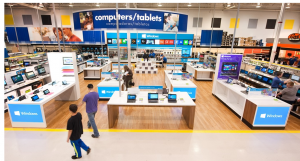 Microsoft continues its battle for your retail dollars. Not only has the company set up store fronts in malls around the country, as well as pop-up locations during this past holiday season, but now seeks other outlets. The software giant is invading your local big box store, announcing custom stores within Best Buy.
Microsoft continues its battle for your retail dollars. Not only has the company set up store fronts in malls around the country, as well as pop-up locations during this past holiday season, but now seeks other outlets. The software giant is invading your local big box store, announcing custom stores within Best Buy.

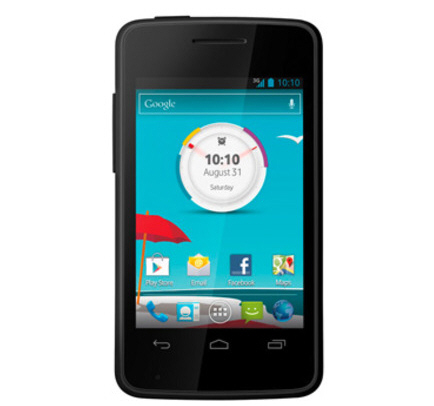 Great news for British Android lovers. If you’re in the market for a new mobile phone, but money’s a little tight right now, Vodafone’s new own-brand Smart Mini could be just what you’re looking for.
Great news for British Android lovers. If you’re in the market for a new mobile phone, but money’s a little tight right now, Vodafone’s new own-brand Smart Mini could be just what you’re looking for. Today Microsoft announces the general availability of Windows Embedded Compact 2013, a version that is optimized for building small-footprint industry devices. Windows Embedded Compact 2013 includes new tools and capabilities -- including support for Visual Studio 2012 that is designed to further enhance Windows.
Today Microsoft announces the general availability of Windows Embedded Compact 2013, a version that is optimized for building small-footprint industry devices. Windows Embedded Compact 2013 includes new tools and capabilities -- including support for Visual Studio 2012 that is designed to further enhance Windows. If I worked for Microsoft, and my sole job was to come up with products that divided opinion and alienated many previously loyal users, I reckon I would be due a promotion about now.
If I worked for Microsoft, and my sole job was to come up with products that divided opinion and alienated many previously loyal users, I reckon I would be due a promotion about now. You’d think following up a much loved games console like the Xbox would be hard to screw up, yet Microsoft seems to be doing a damn fine job of that too, alienating hardcore gamers -- the people who would usually rush to buy an Xbox -- by (initially at least) portraying it as an entertainment center rather than a games console.
You’d think following up a much loved games console like the Xbox would be hard to screw up, yet Microsoft seems to be doing a damn fine job of that too, alienating hardcore gamers -- the people who would usually rush to buy an Xbox -- by (initially at least) portraying it as an entertainment center rather than a games console.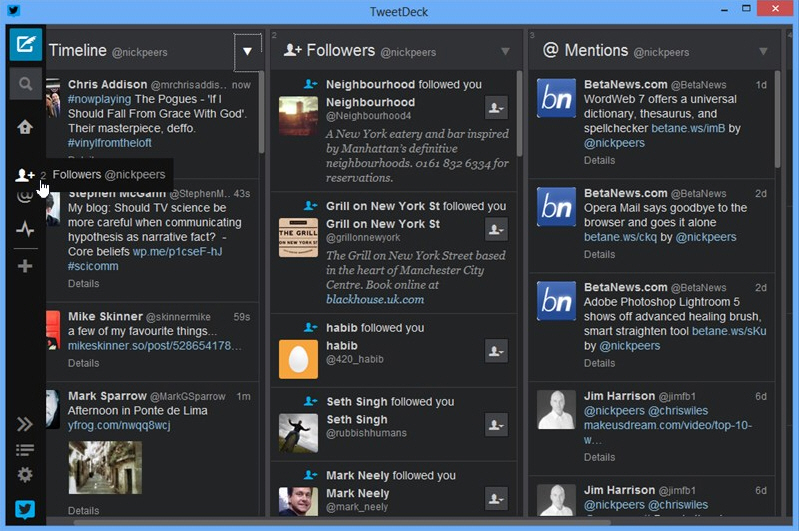
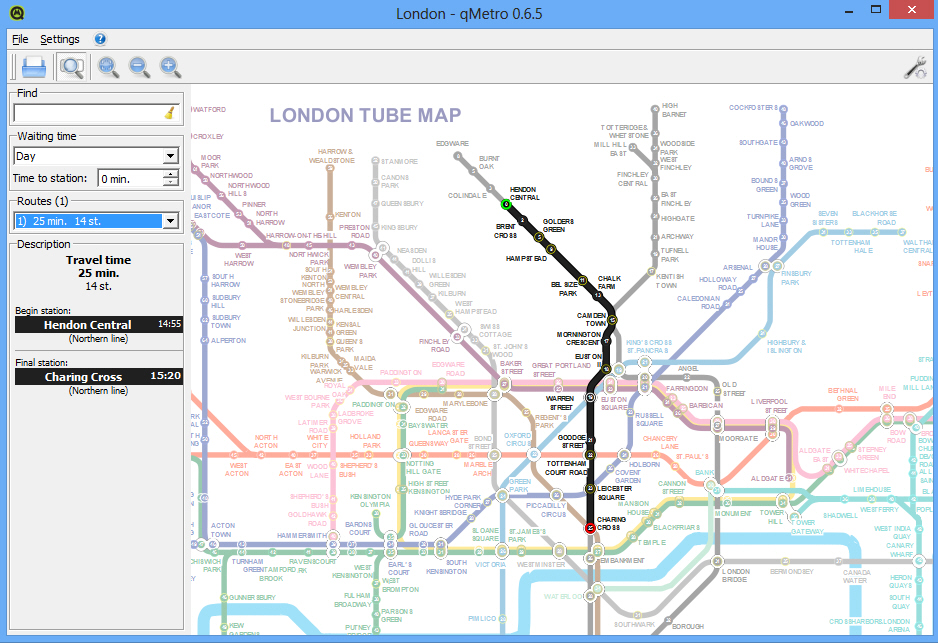
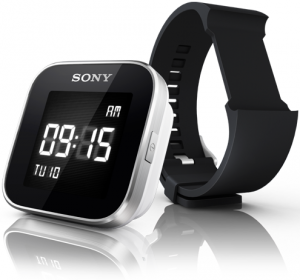 Just as with smartphones and tablets, manufacturers look towards developers and enthusiasts to help speed up the adoption of smartwatches. The attractive hardware only gets a wearable so far but companion apps and dedicated software can really open up its appeal towards a larger audience.
Just as with smartphones and tablets, manufacturers look towards developers and enthusiasts to help speed up the adoption of smartwatches. The attractive hardware only gets a wearable so far but companion apps and dedicated software can really open up its appeal towards a larger audience.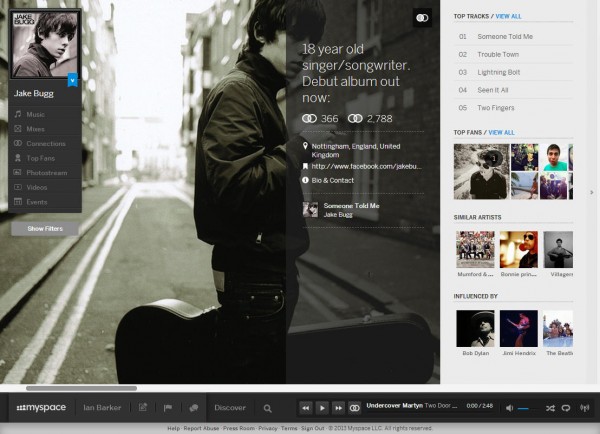

 It really doesn’t make any sense for Google to be shutting down such a widely used and cherished feeds subscriber as Google Reader, but the web giant isn’t going to change its mind unfortunately, so we must look towards alternatives that we can adopt.
It really doesn’t make any sense for Google to be shutting down such a widely used and cherished feeds subscriber as Google Reader, but the web giant isn’t going to change its mind unfortunately, so we must look towards alternatives that we can adopt.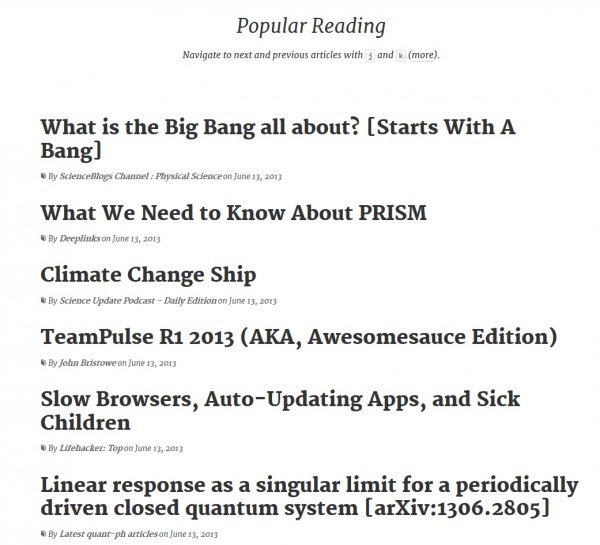 From the list of articles, you can click on any one to expand it -- something that enables convenient and efficient reading. Once you are done with an article, you can vote it up or down by marking it as "Interesting" or "Boring". This is one feature that I really like. When you mark an article as Interesting, Readable will prioritize similar types of stories above others, so that you don’t have to dig into your RSS feeds for articles you want to read.
From the list of articles, you can click on any one to expand it -- something that enables convenient and efficient reading. Once you are done with an article, you can vote it up or down by marking it as "Interesting" or "Boring". This is one feature that I really like. When you mark an article as Interesting, Readable will prioritize similar types of stories above others, so that you don’t have to dig into your RSS feeds for articles you want to read. PlayOn, one of my favorite media apps for my Google TV, today unveils major new updates to its offering. The service is a life-saver for cord-cutters and has somehow managed to avoid lawsuits during its existence, even going so far as to partner with set-top box maker Roku, selling a box with
PlayOn, one of my favorite media apps for my Google TV, today unveils major new updates to its offering. The service is a life-saver for cord-cutters and has somehow managed to avoid lawsuits during its existence, even going so far as to partner with set-top box maker Roku, selling a box with 